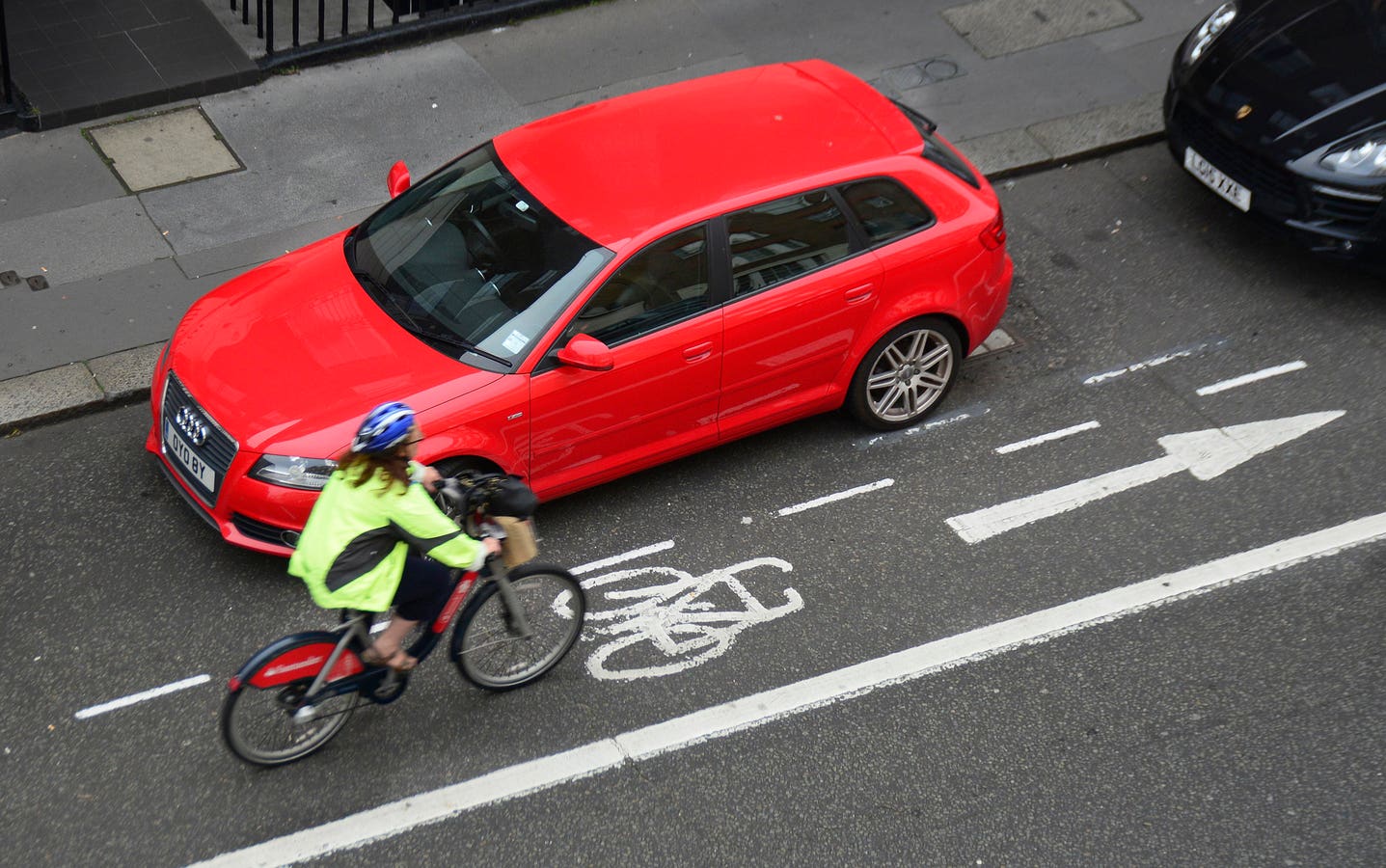“We aim to double cycling activity,” boasted the Westminister government’s Cycling and Walking Investment Strategy of 2017. The target was due to be reached by next year. However, official data sets released today show a distinct lack of progress in making England more attractive for cycling (and walking).
Mid-year estimates from the National Travel Survey for the year ending June 2023 show that the distance traveled per person by walking or wheeling has hardly changed since 2003 and the total number of trips people take on foot has dropped over the same period.
The National Travel Survey also shows that although the distance traveled by cycling has seen some signs of growth over the decade, the average distance cycled per person is the same as in 2019.
In the separate Cycling Traffic Index, it’s revealed that the gains made during Covid-19 in getting people out on their bicycles are falling. Levels of cycling dropped by 29% between March 2021 and December 2023. Cycling traffic levels have increased 15.5% over the last ten years but they are still far below where they need to be to achieve the government’s target of doubling cycling use.
The Active Lives Survey from Sport England paints a more positive picture—there are two million more adults getting active regularly through sport and physical activity than in 2016—but digging into the figures shows there’s a growing divide in activity levels based on where someone lives. Last year, 33.7% of people in the most deprived neighborhoods were considered inactive compared to 20.5% of those in the least deprived.
The number of people considered active in the most deprived areas has dropped by 2.5% in the seven years. The West Midlands and the North East have seen hardly any change in the numbers of active people, for instance.
The Active Lives Survey shows that between November 2022 and November 2023, 63.4% of the adult population met the Chief Medical Officers’ guidelines of doing 150 minutes, or more, of moderate-intensity physical activity a week. This figure is largely unchanged from 12 months ago when 63.1% were active but means that, compared to when Sport England first ran the survey between November 2015 and November 2016, there are two million more active adults, an increase of 1.3%.
Read the full article here





